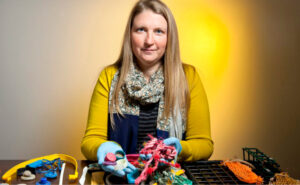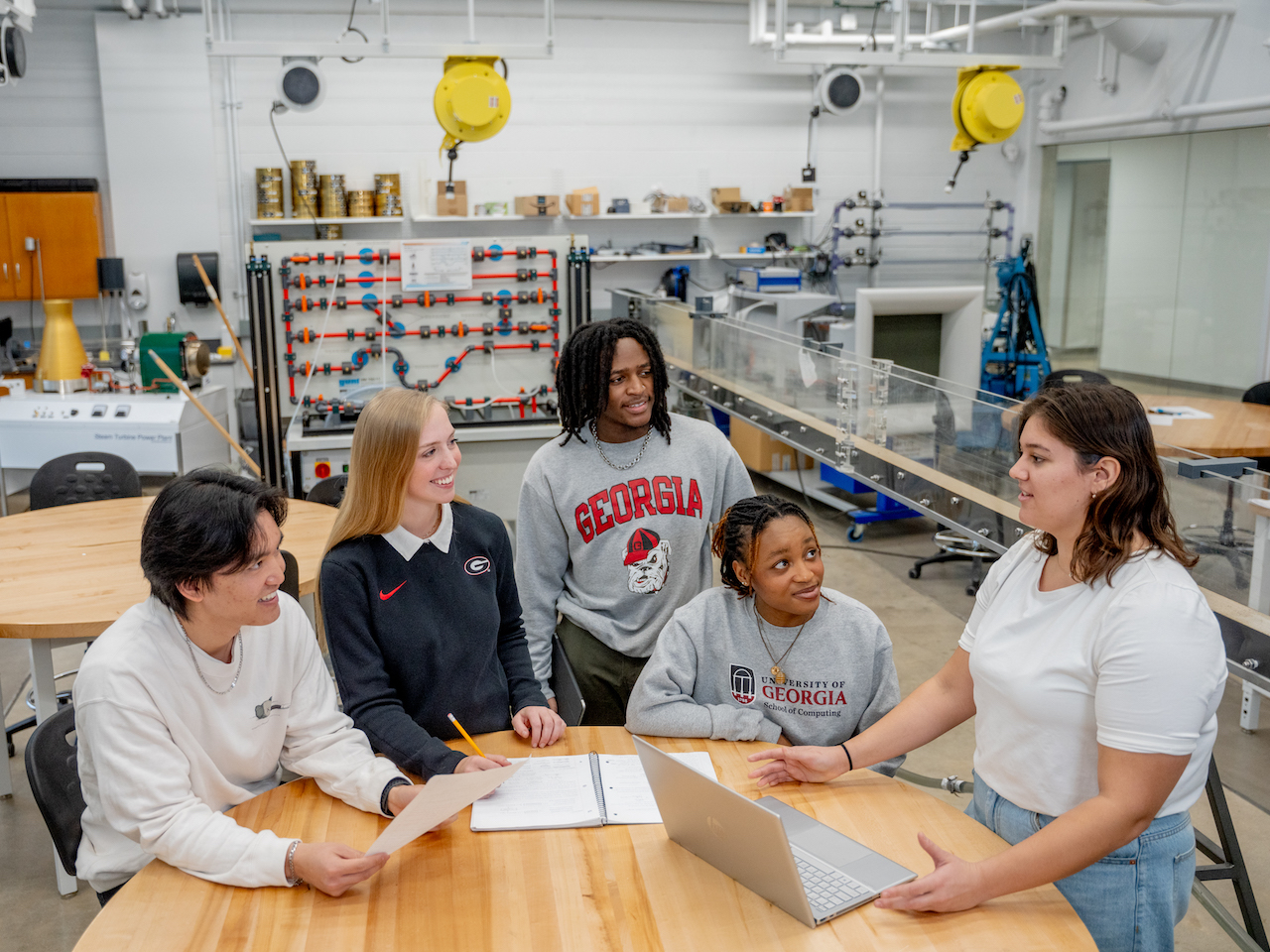 No one knows how much plastic trash winds up in the earth’s oceans, but a University of Georgia researcher is working with a team of other scientists to get an estimate.
No one knows how much plastic trash winds up in the earth’s oceans, but a University of Georgia researcher is working with a team of other scientists to get an estimate.
A group called Ocean Conservancy sponsors an annual “International Coastal Cleanup,” and in 2012, volunteers across the globe removed about 10 million pounds from cleanup sites, much of it plastic.
But the total amount of plastic waste that ends up in the ocean is way more than that, said UGA engineering professor Jenna Jambeck, who’s working with several other authors to build an accurate estimate of the flow of plastic waste into the ocean, and to begin to get an idea of the massive toll of the pollution.
The amount of plastic going into the ocean is on the increase, and doesn’t seem likely to peak before 2100, Jambeck told a UGA audience Wednesday in a talk sponsored by the Georgia Initiative for Climate and Society.
A research group estimated in 1975 that 6.5 million tons a year of waste was going into the oceans, but the rate of human waste generation has greatly increased since then, and that group only estimated waste coming from marine sources, Jambeck said.
“We won’t reach peak waste this century,” she said.
But in fact, ocean plastic and other kinds of pollution comes from lots of land sources as well as seagoing sources such as recreational fishing boats and commercial fisheries, she said.
Those can include sewer overflows, beach litterers whose plastic bottles are washed away by the tides, and even washing machines and natural or manmade disasters, such as the Japanese earthquake and tsunami of 2011. The tsunami generated an estimated 5 million tons of debris, she said.
When “fleece” garments made of plastic go through washing machines, tiny particles wash away. It’s not clear how much of that is caught by wastewater treatment, Jambeck said.
Much debris sinks; scientists have estimated that about 70 percent of the tsunami debris sank. But the rest is moving all across the Pacific.
Some of the floating debris winds up in gyres such as the so-called “Great Pacific Garbage Patch.”
In a variety of ways, some incompletely understood, the debris can harm ocean life and even humans. Turtles and whales may die after getting tangled up in abandoned fishing nets, for example.
Animals also ingest endocrine disrupters and other harmful chemicals that are in plastics or become attached to plastic in the ocean.
To come up with their estimates, Jambeck and the other scientists are studying the fate of solid wastes generated in hundreds of cities and nearly 100 countries.
They’re also working to get a solid idea of the kinds of plastic in the ocean, as well as the amount.
Jambeck has gotten help from the public as she’s developed her research. In 2011, she developed a mobile app that allows people to report the kinds of marine trash they find. So far, the app’s been downloaded about 10,000 times, and people have used it nearly 30,000 times to report what trash they found and where.
Follow education reporter Lee Shearer at www.facebook.com/LeeShearerABH or https://twitter.com/LeeShearer.


